|
||||||||||||||||||||||||||||||||||||||
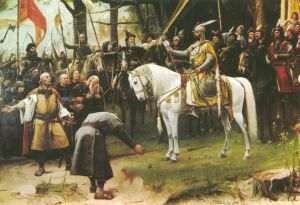 |
Chieftan Arpad arrives to Pannonia (Hungary) |
955
The Hungarian riders, after terrorizing Western Europe for decades, are defeated at the Battle of Lechfeld. Prince Géza, the Magyar leader, subsequently allies himself to West.
The Árpád Dynasty
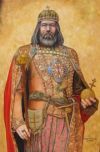 |
St. Stephen King |
István (Stephen) I, the founder of the Árpád dynasty, becomes the first Christian king of Hungary. He centralizes royal authority, establishes Christianity as the official religion and divides the country into counties, whose boundaries remain intact today.History of Hungary
1172-96
The reign of Béla III is an orderly, prosperous period in Hungary's history. His scribe, known as Anonymous, writes Gesta Ungarorum, the earliest surviving chronicle of Hungary.
1222
Under the rule of András II, favoritism flourishes and the dispossessed nobles rebel. He is forced to sign the "Golden Bull", a charter guaranteeing the rights of nobles and fixing the relationship between aristocracy and king.
1241
Mongols invade and defeat the Hungarians at Muhi. King Béla IV evades capture and the Mongols are built at this time in anticipation of another attack.
1301
András III, the last of the Árpád kings, dies.
The Turkish Threat History of Hungary
1308
The barons elect Charles-Robert of Anjou king of Hungary. A shrewd leader, Charles-Robert (Carobert) restores order and consolidates the realm.
1342-82
His successor, Lajos, adopts a policy of conquest, acquiring enough territory to form one of the largest realms in Europe. By his death, the Turks are advancing into the Balkans.
1456
János Hunyadi, the national hero of Hungary, defeats the Turks at the siege of Nándorfehérvár (Belgrad), keeping them out of Hungary for 70 years.
 |
Matyas Hunyadi |
His son Mátyás (Corvinus) is crowned king, ushering in a Golden Age. His Neapolitan wife, Beatrix, introduces the Italian Renaissance to Hungary, creating the greatest Renaissance palace in Europe. Mátyás conquers Moravia, Bohemia and parts of Austria, transforming Hungary into the strongest kingdom in central Europe.
1514
Peasant revolt is brutally crushed and feudal servitude in perpetuity is written into law.History of Hungary
1526
The Hungarian army under Lajos II is crushed by the Turks at the battle of Mohacs.
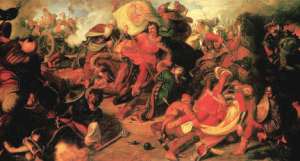 |
Battle of Mohacs |
1541
Buda is taken by the Turks. Hungary is divided into three: Royal Hungary, Turkish Hungary and Transylvania. For the next 150 years there is almost continual conflict between Turks, Habsburgs and Hungarians.
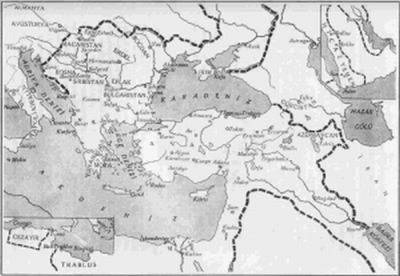 |
Suleyman's Empire in 16th century |
1571
István Báthory becomes governor of Transylvania, giving the region the status of European power.
1686-99
Hungary is freed from the Turks by the Habsburg commander Eugene of Savoy.
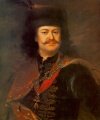 |
Ferenc Rákóczi II |
Ferenc Rákóczi II leads the Hungarians in an unsuccessful eight-year war against Habsburg domination. Hungary continues to be little more than a province of the Habsburg Empire.
The Domination of HabsburgsHistory of Hungary
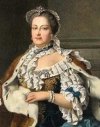 |
Maria Theresa |
Maria Theresa ascends the throne, winning the heart of the Hungarians by establishing peace.
1780-90
Joseph II, a child of the Enlightenment, attempts to modernize Hungary, abolishing selfdom and dissolving all-powerful religious orders. German is made the official language of the Empire.
1789
The French revolution. Despite revolutionary fervor throughout Europe, the majority of Hungarians remain loyal to Austria.
1815
Resurgence of Hungarian nationalism.
 |
Sándor Petõfi |
Sándor Petõfi, Hungary's national poet and revolutionary, is born in Kiskõrös. He was the author of the Nemzeti dal (The National Song), the poem said to have inspired the Hungarian Revolution of 1848, in which he played a key role.
Sándor Petõfi - The National Song (Music by Illés) |
1830
Count Széchenyi begins modernizing Hungary's infrastructure, forming the Danube Steamship Company and Merchant (Kereskedelmi) Bank (1841).
1848-49
The revolution against Austrian supremacy headed by the lawyer Lajos Kossuth ends in failure.
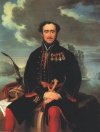 |
 |
István Széchenyi |
Lajos Kossuth |
6 October 1849
Revolutionary leaders executed. It remains a day of national mourning in Hungary.
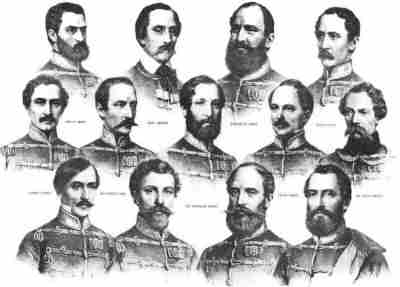 |
The 13 Martyrs of Arad |
1867
The Great Compromise with Austria creates the Austro-Hungarian Dual Monarchy.
1873
Pest, Buda and Óbuda are united, and Budapest is declared the capital.
1890
Hungarian Social Democratic Party is created.
History of Hungary
War, Peace, CommunismHistory of Hungary
1914-18
World War I marks the end of the Dual Monarchy.
March 1919
Count Károlys's Hungarian Democratic Republic fails in the wake of neighboring states' seizure of Hungarian territory. Béla Kun heads the communist Hungarian Soviet.
August 1919
Béla Kun flees to Austria, unable to cope with foreign intervention and peasant unrest.
1920
Hungary's first free elections are held; Admiral Horty is appointed regent.
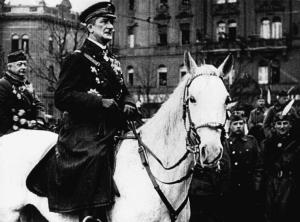 |
Admiral Horty |
1921
The Treaty of Trianon reduces Hungary's territory by two-thirds.
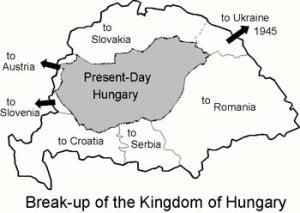 |
Hungary after Trianon decision |
1938 and 1940
Hitler offers to hand back Slovakia and Transylvania in return for Hungarian cooperation.
1944
The Nazis are given a free hand in Hungary. On 15 October the Hungarian pro-Nazi Arrow Cross Party takes power under Ferenc Szálasi. Several hundred thousand Jews are sent to concentration camps.
Read this book!
1945
The Red Army occupies the country.
1946
The monarchy is abolished and Hungary is declared a republic by the new communist government. The pengõ sets a world record of devaluation.
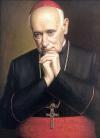 |
József Cardinal Mindszenty |
The head of the Catholic Church in Hungary, József Cardinal Mindszenty, is arrested and sentenced to life imprisonment.
1949
The Soviets take power; the Party is purged of Western influence in show trials. Opponents of the communist regime are sent to labor camps.
1956
Revolution against the Soviet Union and communist rule is crushed. Hundreds of Hungarians are executed and thousands more flee the country. János Kádár becomes premier of a new communist state.
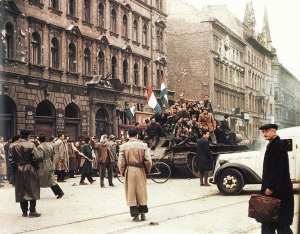 |
1956 Revolution |
1968
The New Economic Mechanism allows a limited free market to develop.
1970s
Hungary attempts to increase its contact with non-communist countries. Relations with the Catholic Church improve.
1982
Hungary is admitted to the International Monetary Fund, and receives loans from the World Bank.
1989
Hungary opens the Iron Curtain and allows thousands of East European refugees to leave.
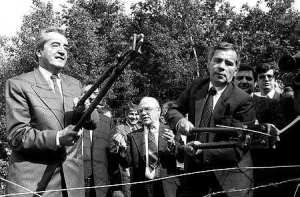 |
The opening of the iron curtain |
End of Communism and The New Republic
1990
Free elections are won by the Conservative Democratic Forum.
1990-94
The transition to a market economy sees inflation soar and unemployment increase sharply.
1995
Government reaches agreement with Jewish groups on the restoration of assets seized during World War II.
1996
The World Fair is held in Budapest.
1998
Federation of Young Democrats-Hungarian Civic Party (Fidesz-MPP), Independent Smallholders' Party (FKGP) and the Hungarian Democratic Forum (MDF) form a coalition government.
1999
Hungary, along with Checz Republic and Poland, joins Natio.
2001
Ferenc Mádl is elected president.
2004
Hungary joins the European Union.
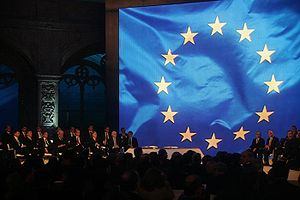 |
Undersigning cerenomy |
The Hungarian Socialist Party outs Péter Medgyesy as prime minister, replacing him with Ferenc Gyurcsány.
2005
László Sólyom becomes president.
2008 - 2009
Economy creases heavily impacted Hungarian economy. New Prime Minister Gordon Bajnai replacing resigned Ferenc Gyurcsány.
2010
FIDESZ (Hungarian Civic Union) won the election and get 2/3 of the votes. Viktor Orban is elected as Prime Minister 2nd time.
Pál Schmitt becomes president.
Back
to the top of The History of Hungary page
Back
to the Hungarian culture page
Back
to the Home page of Best-Things-in-Hungary.com





